How Foundation Cracks Can Affect Your Plumbing
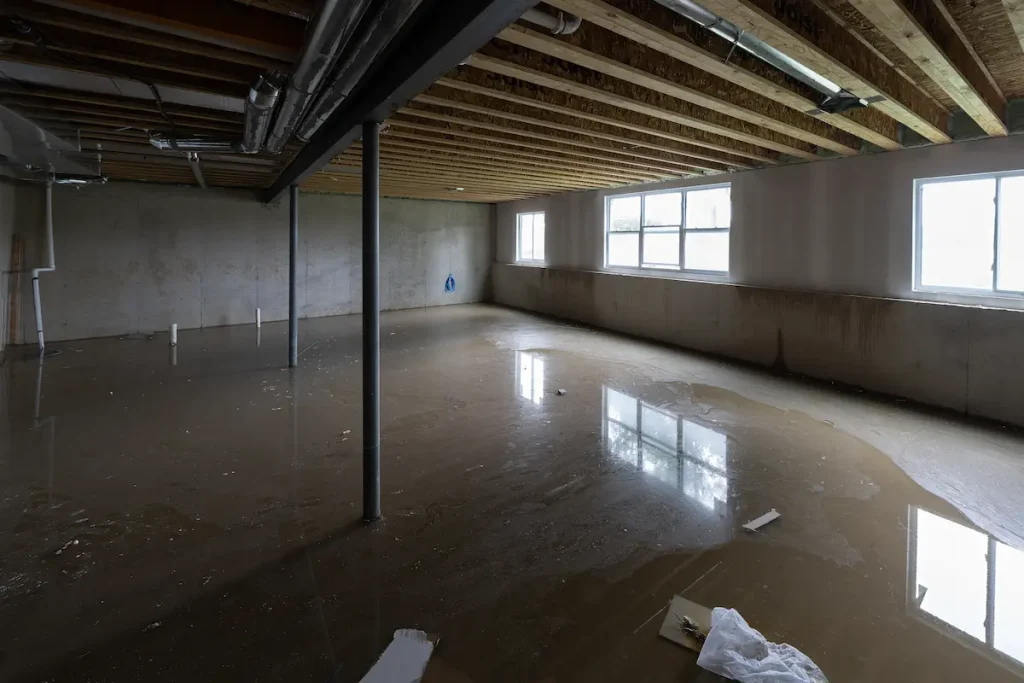
Foundation cracks are a common issue for homeowners, but many people don’t realize the significant impact they can have on plumbing systems. Over time, these cracks can cause extensive damage to both the structure of your home and its internal water systems. In this blog, we’ll explore how foundation cracks can affect your plumbing, the […]
Preventing Foundation Damage During Home Renovations
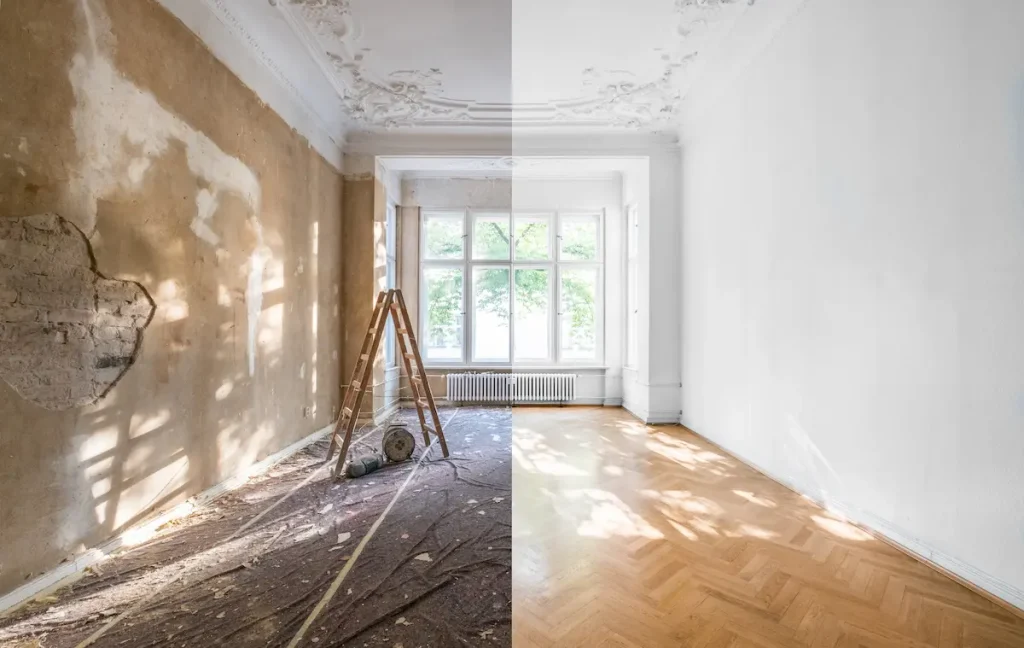
Introduction Home renovations are an exciting opportunity to breathe new life into your living space, but they can also pose significant risks to your home’s foundation if not carefully managed. Foundation damage during renovations is not uncommon, but with the right precautions, you can protect the integrity of your home while enhancing its aesthetic and […]
How to Recognize and Fix Sagging Floors in Homes with Crawl Spaces

Introduction Sagging floors can be a homeowner’s nightmare, often signaling underlying issues that require immediate attention. In homes with crawl spaces, these problems are commonly associated with the structure beneath the floor. Understanding how to recognize the signs of sagging floors and knowing how to address them can prevent further damage and maintain the integrity […]
The Connection Between Landscaping and Foundation Health
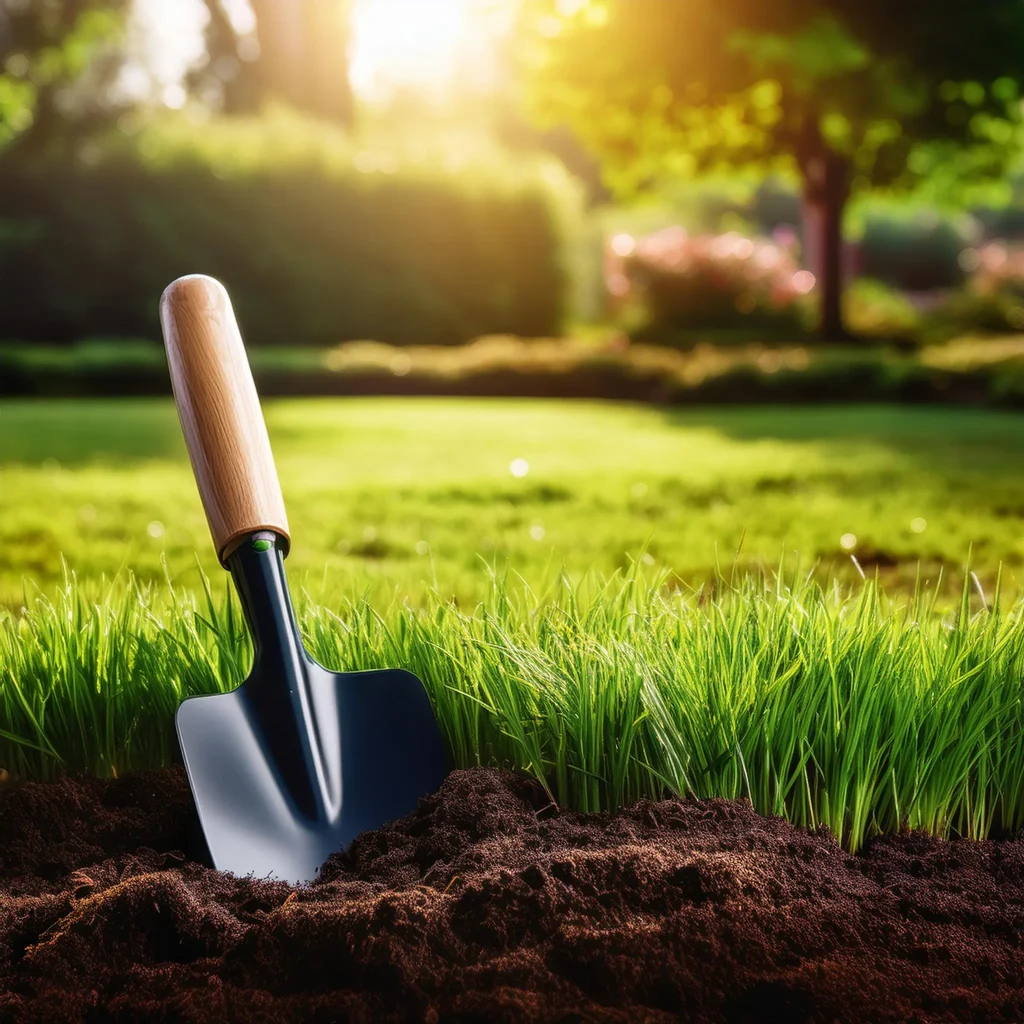
A beautifully landscaped yard not only enhances the curb appeal of your home but also plays a crucial role in maintaining the health of your foundation. However, improper landscaping can lead to a host of foundation problems, some of which might go unnoticed until significant damage has occurred. In this blog post, we will explore […]
The Role of Soil Composition in Foundation Health

Your home’s foundation is only as strong as the ground it sits on. The soil beneath a foundation plays a critical role in the stability and health of your home. Understanding the types of soil and their properties is essential for maintaining a solid foundation and preventing potential problems. In this article, we will explore […]
Summer Spruce-Up: How Foundation Repair Can Increase Your Home’s Value Before Listing
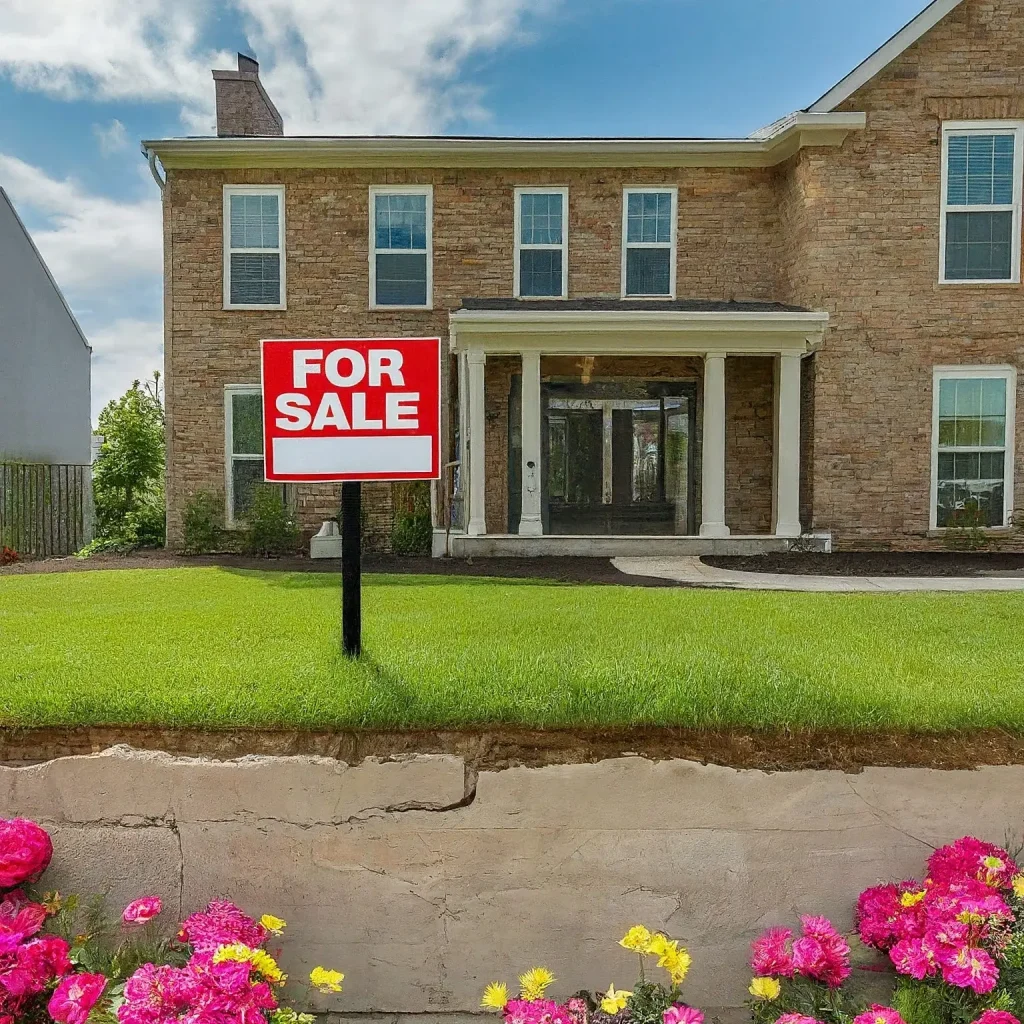
Selling a home is a significant undertaking, and maximizing its value is a top priority for most sellers. Summer, with its longer days and warmer weather, often becomes prime real estate season. While many homeowners focus on cosmetic upgrades for curb appeal, addressing foundation issues before listing can be a strategic investment that significantly improves […]
Beat the Heat While Protecting Your Foundation: Tips for a Safe and Cool Summer
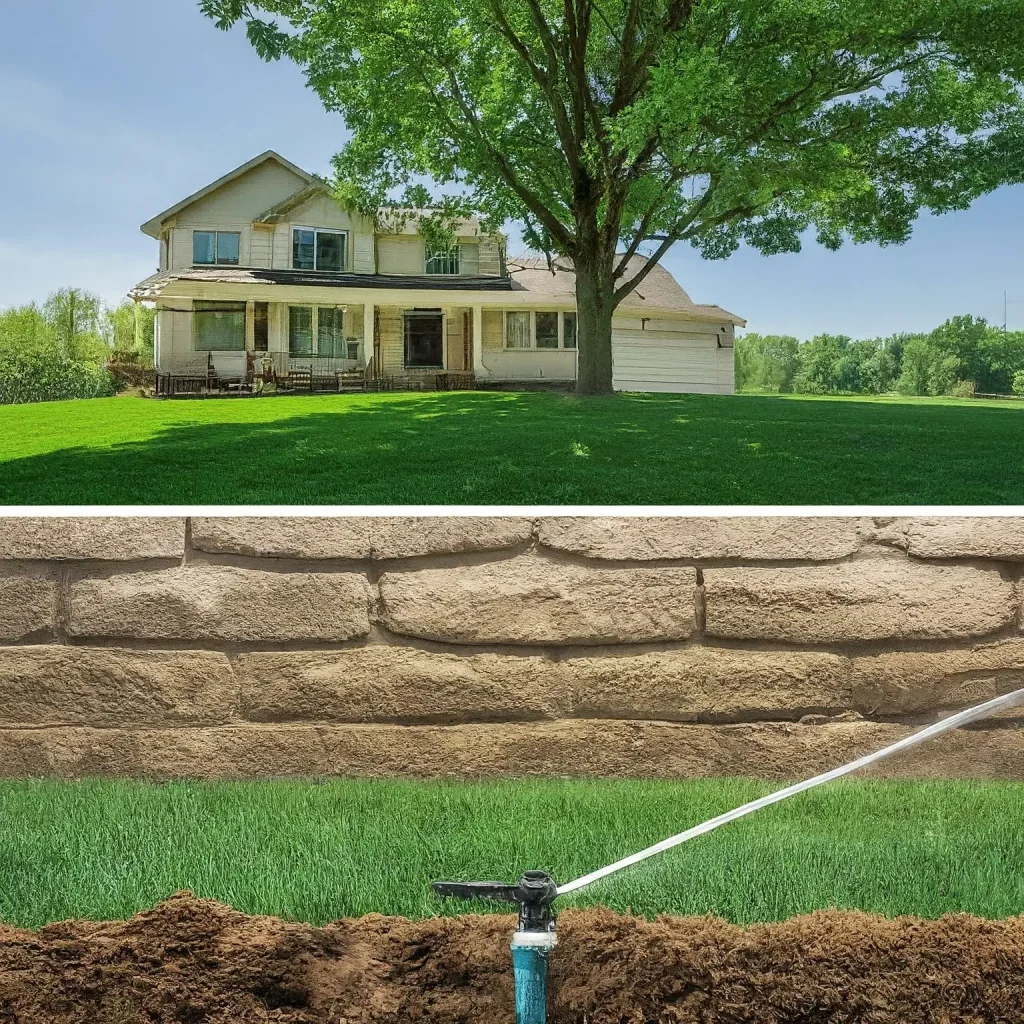
Summer’s here, and with it comes scorching temperatures that can be tough on both you and your home. While you’re cranking up the AC and seeking shade, it’s important to remember that your foundation is also feeling the heat. Extreme temperatures can pose a hidden threat to your home’s structural integrity. Here at Foundation Repair […]
Summer Pool Party Perils: How Above-Ground Pools Can Affect Your Foundation
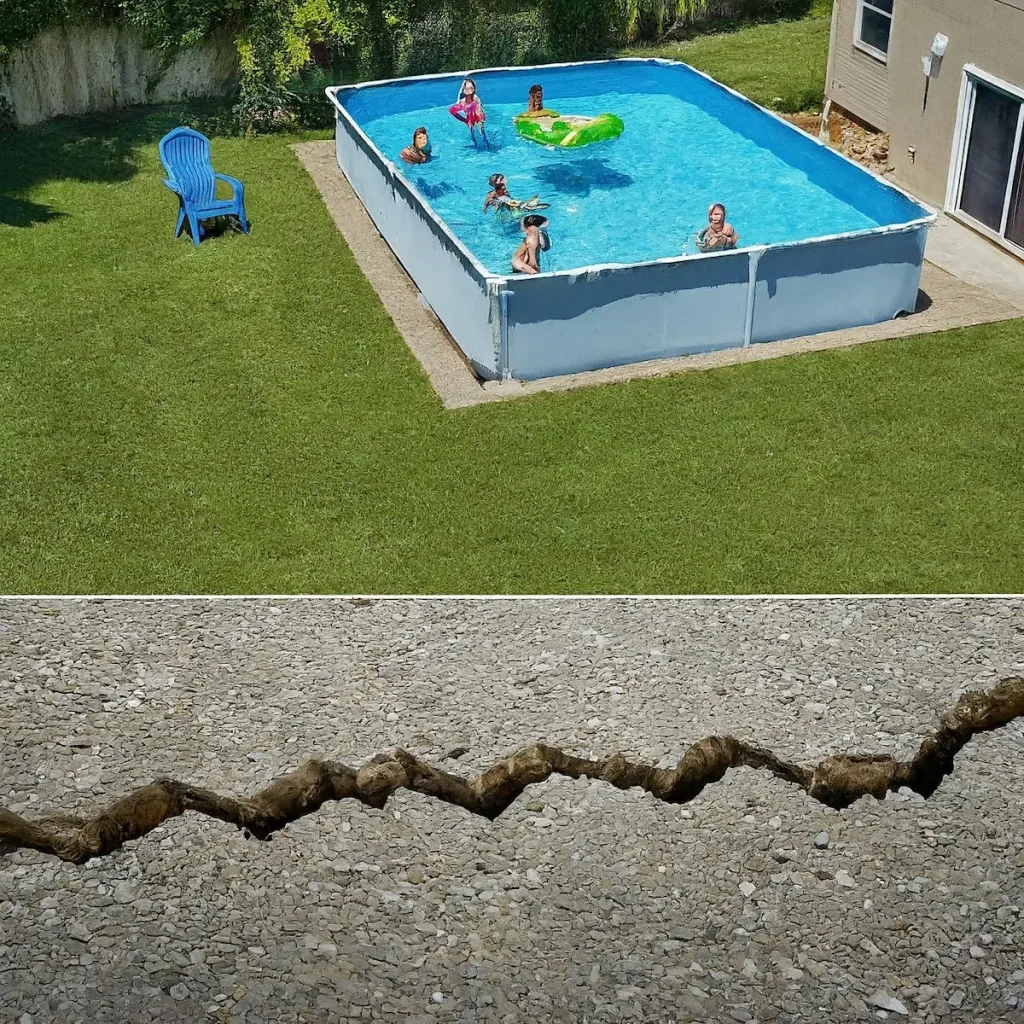
Summer is here, and it’s time for pool parties, backyard barbecues, and all the fun that comes with the warm weather. For many homeowners, an above-ground pool is a tempting way to cool off and create a backyard oasis. However, before you take the plunge (literally!), it’s important to consider the potential impact an above-ground […]
Should You Get Foundation Repair Before Selling Your Home?

Selling a home is a big decision, and when foundation issues come to light, it can add a layer of complexity. As a homeowner, you might wonder: should you fix the foundation before selling, or disclose the problem and let the buyer decide? Here at Foundation Repair of Kansas, we can help you navigate this […]
When the Rains Come Calling: Protecting Your Basement from Hydrostatic Pressure
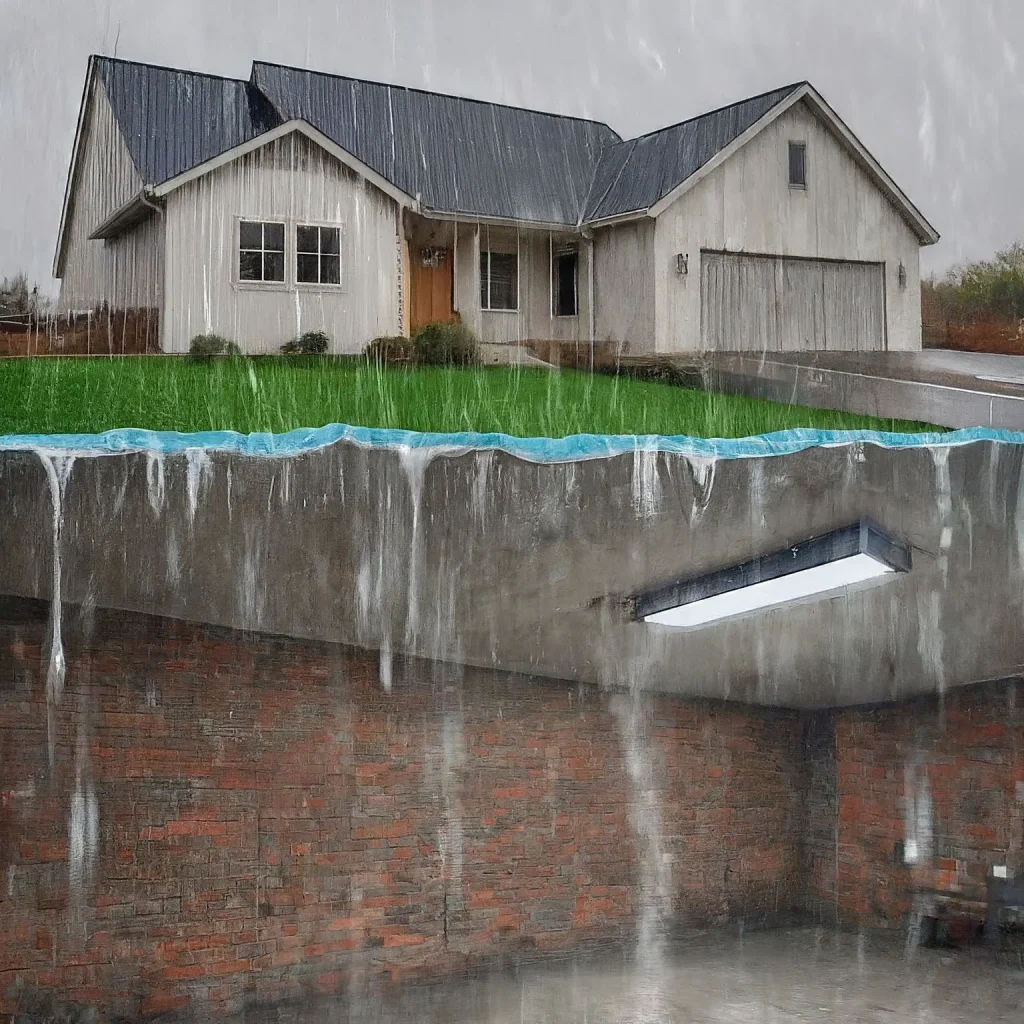
Living in Kansas, we’re no strangers to dramatic weather shifts. While spring showers bring life, heavy rainfall can pose a hidden threat to your home’s foundation – hydrostatic pressure. Hydrostatic pressure occurs when water in the surrounding soil builds up and pushes against your basement walls. Imagine your basement walls as sturdy shields, but with […]


